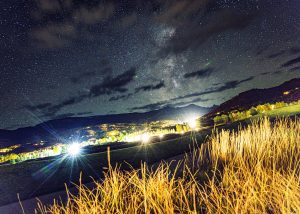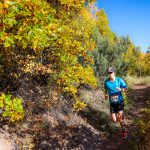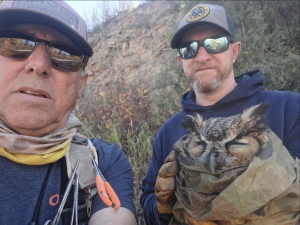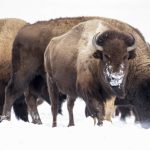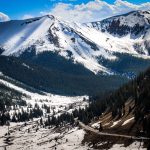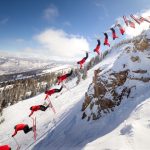‘Denali is in charge’: Aspen High School rising senior overcomes dangerous setbacks to climb tallest North American peak
Oscar and Dan McHugh completed the climb in 15 days
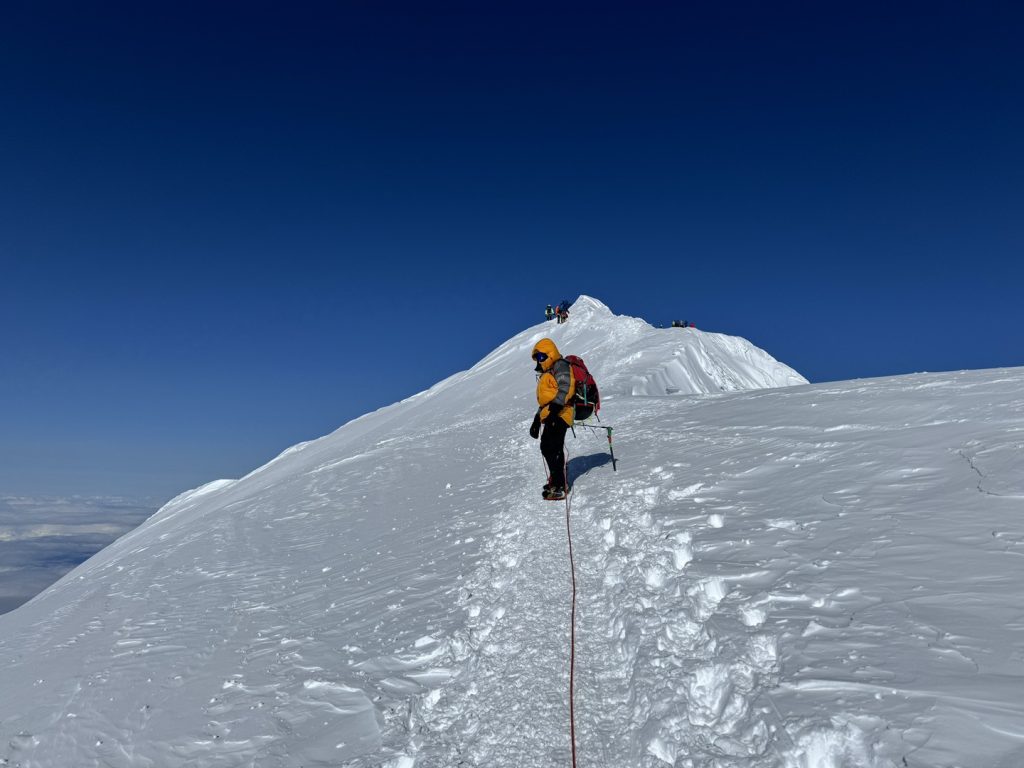
Dan McHugh/Courtesy photo
For months, Oscar McHugh and his father Dan had their sights set on Denali, the highest mountain peak in North America.
The pair has been mountaineering for years. They frequently backpack in the Roaring Fork Valley and have traveled around the world to climb. But it wasn’t until they climbed Mt. Rainier that they decided to book their trip to Alaska to climb Denali.
“My dad and I have been climbing actual glaciated peaks for around two years now,” Oscar said. “After climbing the first real peak, Mt. Rainier, we kind of popped the question to our lead guide, ‘What does it take to get to Denali?'”
A rising senior at Aspen High School, he spent the past year training for the serious undertaking. He and his family climbed Mt. Kilimanjaro in Tanzania as well as Pico de Orizaba and Iztaccíhuatl — two volcanoes with glaciers in Mexico — to train. They also spent time learning the right footwork, climbing techniques, and crevasse rescue, all of which would prove instrumental in his survival on Denali.
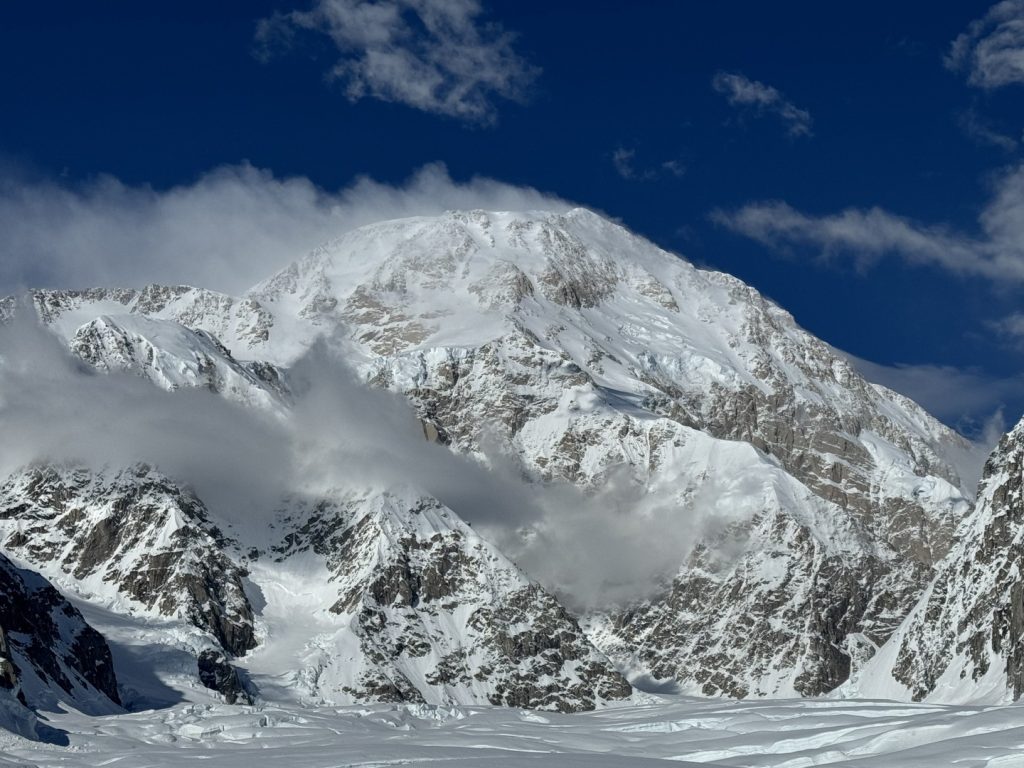
Beginning the ascent
Oscar and Dan left for Anchorage on May 31, missing Oscar’s last week of school to complete the hardest climb of his life thus far.
On the first day of the trek, he and his dad, with guides from Alpine Ascents, took a small plane from Talkeetna, Alaska — roughly 350 feet above sea level — to Denali’s Base Camp at about 7,000 feet above sea level, where they would camp for the night.
The group began their ascent on the second day. It takes an average of 17 or 18 days to summit Denali, according to the American Alpine Institute, and climbers split the trip between four camps that are separated by roughly 3,000 feet of elevation each.
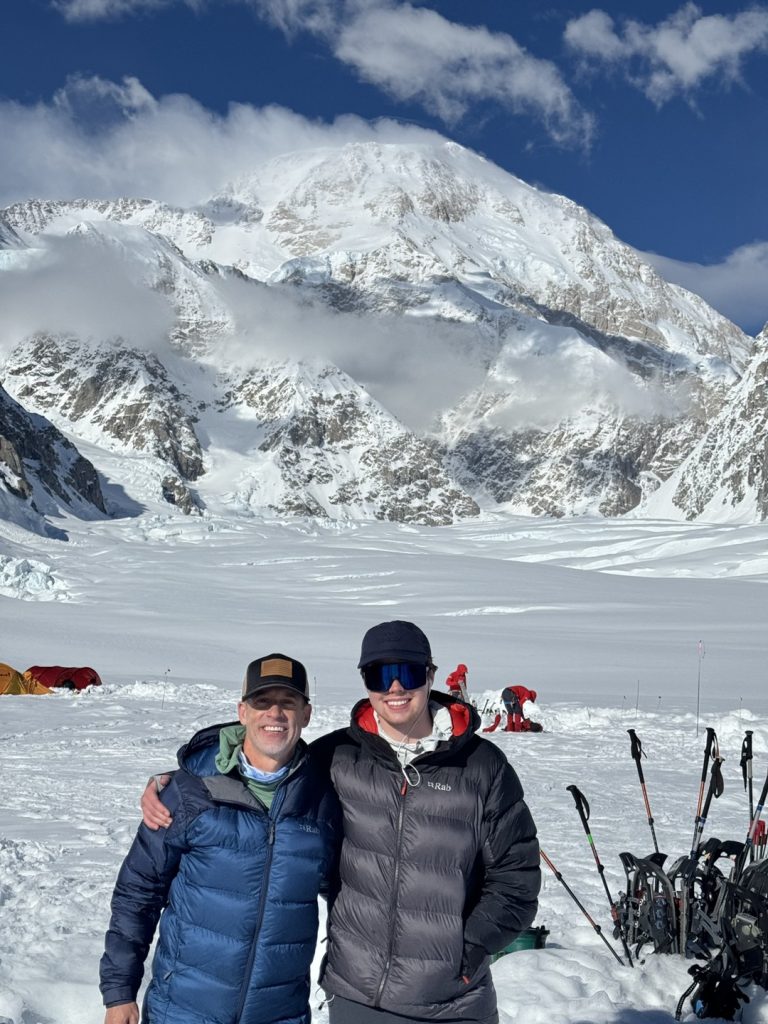
The first few days of the climb require lugging a 40-pound backpack and 60-pound sled. The backpacks and sleds carry food, fuel, clothes, and other tools needed to complete the climb safely. As days go by, climbers bury half of their supplies at certain camps and retrieve the supplies the next morning to lighten the load.
“You eventually basically climb the mountain twice to summit it once,” Dan said. “There’s so much gear, and it’s so steep that to carry it all at the same time would be debilitating; it would be impossible.”
The practice is called caching, and it’s required at Camps I, II, and III on Denali, Oscar said. Once they reached Camp III, about halfway to the summit and about 11,000 feet above sea level, he ditched his sled in order to traverse narrow ridge lines and steep upward slopes.
It took him and his dad about 10 days to reach Camp III, and until then, the group had not faced any challenges. But at 14,000 feet above sea level, the effects of altitude sickness quickly began to wash over Oscar.
Fighting altitude sickness
Between Camps II and III, Oscar decided to leave his sled behind and add his remaining supplies to his backpack.
“Some sections that you climb between those camps are too treacherous to bring a sled … because it just gets too out of control,” he said. “So I ditched the sled, and I had 60 pounds in my pack, at least. We went up those sections, which were exhausting for me, and by the time we got to 14 camp (the camp at 14,000 feet above sea level; another name for Camp IV), I had exhausted myself.”
He woke up the next morning with a headache like he’d never felt before and waves of nausea. High-altitude illness on Denali is exacerbated by the physiological stress of the work needed to haul heavy loads in an extremely cold environment, according to the International Climbing and Mountaineering Federation. Temperatures can reach as low as minus 40 degrees Fahrenheit on Denali.
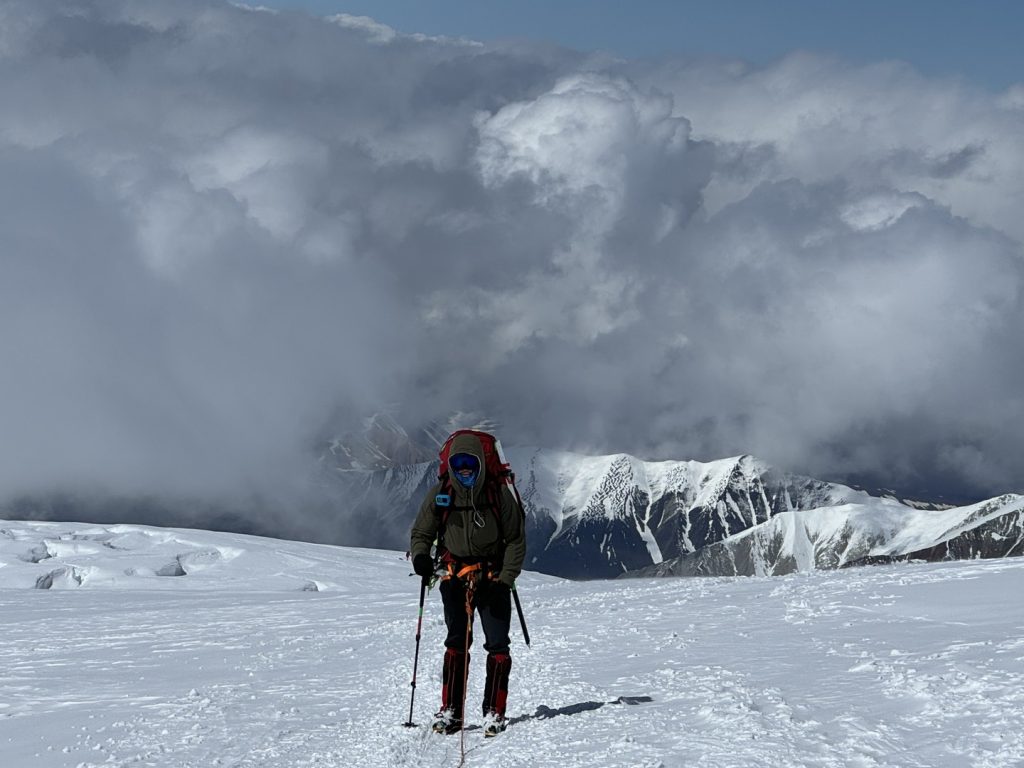
Oscar’s lead guide monitored his symptoms throughout the day as he continued to weather the effects of altitude sickness, vomiting any food he tried to eat. The group was planning to return to Camp III to retrieve their cache and return back to Camp IV for the night.
He slowly got better throughout the day, and impending inclement weather the next day allowed for more time to rest before the group began their ascent to High Camp and eventually the summit. But conditions can change in an instant, and Dan was worried for his son as others in the group experienced the effects of altitude sickness, as well.
“It was very scary because the symptoms he was experiencing were just the beginning of what it could have become,” he said. “One of the guides of the company we were working with developed high altitude cerebral edema and nearly died when we were with him, so altitude sickness on that mountain in particular is a very serious risk.
“I was very conflicted about whether Oscar should continue up the mountain, but we carefully watched him and saw that he was improving and getting much better, so we decided that it was a calculated risk worth taking for at least another day or two. And the higher we went, the better he felt,” he added.
On day 12 of their expedition, they reached High Camp, which is about 17,000 feet above sea level and is the last stop before the summit.
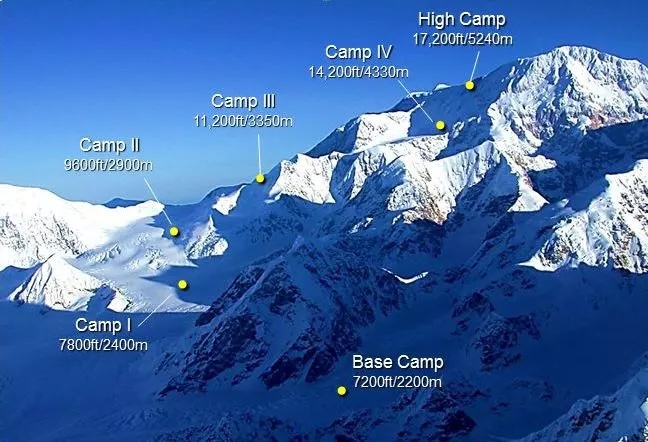
Summiting at 20,310 feet
After eight hours of climbing, Oscar and Dan and the rest of their group reached Denali’s summit on Friday, June 14.
“At that point, you get quite tired, and you almost don’t want to think about it until you get down,” Oscar said. “Just because, from the moment you start to the moment you finish, you’re just focused. Focused on maintaining body heat, focused on avoiding the risks like falling or being hydrated, not getting sunburned … and once we got down, it was kind of like, ‘Wow, we just did it.'”
But after nearly two weeks of hiking and fearing for his son’s safety, Dan was overcome with emotions reaching the 20,310-foot summit.
“I cried on the summit,” he said. “I remembered Oscar and I going on our first camping trip to Snowmass Lake together and how basic our skills were and how simple that adventure was compared to what we had just accomplished on Denali. I cried like a baby out of pride in what my son had just accomplished.”
A dangerous descent
Oscar and Dan were overjoyed to reach the summit, especially after the tumultuous climb.
But the group still had several days ahead of them to return to Base Camp, and some of the roughest terrain was still ahead of them. They had to cross a long, flat section of glacier called “the Autobahn” to reach High Camp, which Oscar and Dan’s guides told them was one of the most dangerous parts of the descent.
“Imagine the steepest ski slope you’ve ever seen, but it’s mainly icy, and there’s a tiny three- or four-inch wide ridge that cuts across that slope — that’s the Autobahn,” Dan said. “If you fall, where many historically have, you typically die on that section, even if you’re roped in, because the fall is so traumatic to the body.”
Crossing the Autobahn requires two hours of continuous climbing because there is nowhere to stop and rest. It makes the descent especially tiring because the climbers took breaks approximately every hour to maintain stamina, Oscar said.
As the climbers were crossing the Autobahn, he alerted the team to stop walking because he had to unclip the rope on one of the anchors along the ridge, he recalled. As he was unclipping the rope, he started to slip from the ridge and fall down the mountain.
He fell nearly 10 feet and, using techniques he learned while training, “self-arrested” on the side of the mountain, with a 2,000-foot drop below him. Self-arresting in mountaineering requires the climber to plunge their ice ax into the snow and kick their feet into the snow to stop themselves from falling.
“I punched footholds back up to the ridge, got up, and stood up back up at the ridge, and then recognized what just happened,” he said. “I fell in the most dangerous part of the climb and somehow was able to save myself.”
The descent typically takes two days after summiting and returning to High Camp. But with inclement weather approaching, their guides said it was in their best interest to keep pushing down the mountain after they left High Camp the morning after summiting. They descended 10,000 feet from High Camp to Base Camp the next day.
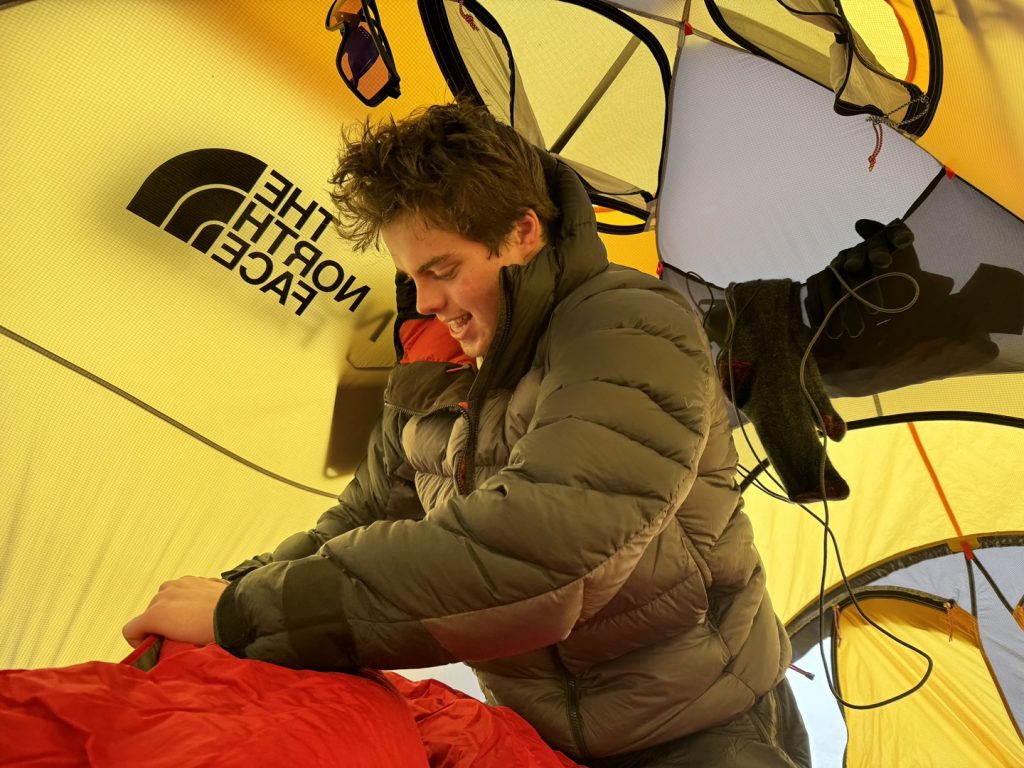
“We reached Camp I at midnight, and the group was pretty tired, but we tried to push on,” Oscar said. “Eventually, we reached Base Camp at four in the morning, so 17 hours of climbing total. When we got there, we took our sleeping pads and our sleeping bags and just put them right on the snow and went to bed without a tent.”
He and his dad spent 15 days climbing Denali, their biggest mountaineering feat yet. They are two of only a fraction of people who actually summit the mountain when attempting to climb Denali. In 2023, only 30% of about 1,000 who attempted to climb Denali reached the summit, according to National Park Service (NPS) data. Since 1903, about 25,000 have summited, according to the NPS.
It was different from other mountains Oscar had climbed and was what he called a “pure mountaineering experience.”
Local law prohibits unattended camps, so each time a climber sets up camp, they must break it down and carry all of their supplies with them, unless they cache some of their supplies.
After successfully summiting Denali, Oscar and Dan discussed completing the Seven Summits, the highest mountains on each of the seven continents. They have already completed two (Denali and Kilimanjaro). Mt. Elbrus in Europe; Aconcagua in South America; Carstensz Pyramid in Australia; Vinson Massif in Antarctica; and Mt. Everest await if they choose to complete the Seven Summits.
But for now, the two will stick to local hikes, including several Colorado 14ers, as they relish in accomplishing Denali.
“Denali is in charge,” Oscar said. “It’s almost like a living thing. You don’t summit it, it lets you summit, and you’re never in control of your climb.”
Colorado stargazers are in for ‘extra special’ treats this October with 7 meteor showers and 2 comets
Colorado nights are getting colder, but stargazers who get outside after dark this October will be rewarded with a smattering of celestial phenomena.
